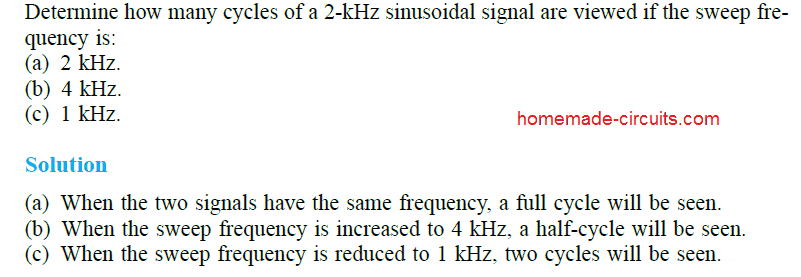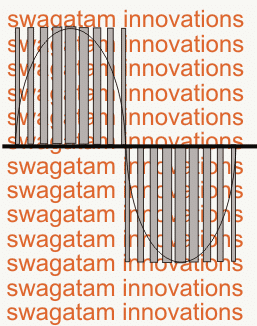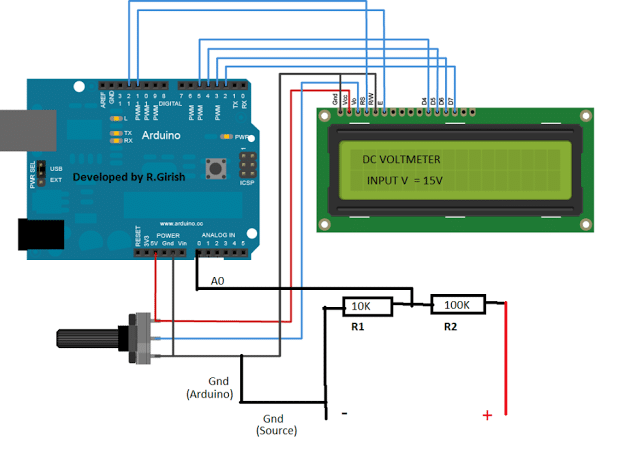IC 4013 is a CMOS-based dual D-type flip-flop integrated circuit. It is widely used in digital circuits for applications such as counters, shift registers, and control circuits. Below is the detailed datasheet for IC 4013. Pin Configuration: IC 4013 has a total of 14 pins. The pin configuration is as follows: Pin Name Pin # […]
Details
Cathode Ray Oscilloscopes – Working and Operational Details
In this post I will elaborately explain how Cathode Ray Oscilloscopes (CRO) work and its internal construction. We will also learn how to use a CRO using the various controls and understand the graphical representations of the various input signals on the display screen of the scope. Importance of Cathode Ray Oscilloscopes (CRO) We know that majority […]
Bipolar Transistor (BJT) – Construction, and Operational Details
A bipolar transistor or a BJT is a 3 terminal semiconductor device which is able to amplify or switch small signal input voltages and currents to significantly larger output signal voltages and currents. How Bipolar Junction Transistor BJTs Evolved During 1904–1947, the vacuum tube was unquestionably the electronic device of great curiosity and growth. In 1904, […]
Mp3 Player Using DF Player – Full Design Details
In this post I will show how to construct an Mp3 player using arduino and DFPlayer. The proposed article has two Mp3 player designs, one with push button control and another one with IR remote control. We will also take a look at DFPlayer (Mp3 player module) and its specifications. We all love music, we […]
Arduino SPWM Generator Circuit – Code Details and Diagram
In this post I have explained how to generate sine wave pulse-width-modulation or SPWM through Arduino, which can be used for making a pure sine wave inverter circuit or similar gadgets. The Arduino code is developed by me, and it is my first Arduino code, …and it looks pretty good 
Arduino based DC Voltmeter Circuit – Construction Details and Testing
In this post, I will show how to construct a DC voltmeter using Arduino where the readings are displayed in 16×2 LCD. The proposed voltmeter design can read up to 30V with tolerance of +/- 0.5 volt. We are going to see how this setup functions and explore other possibilities we can accomplish […]




